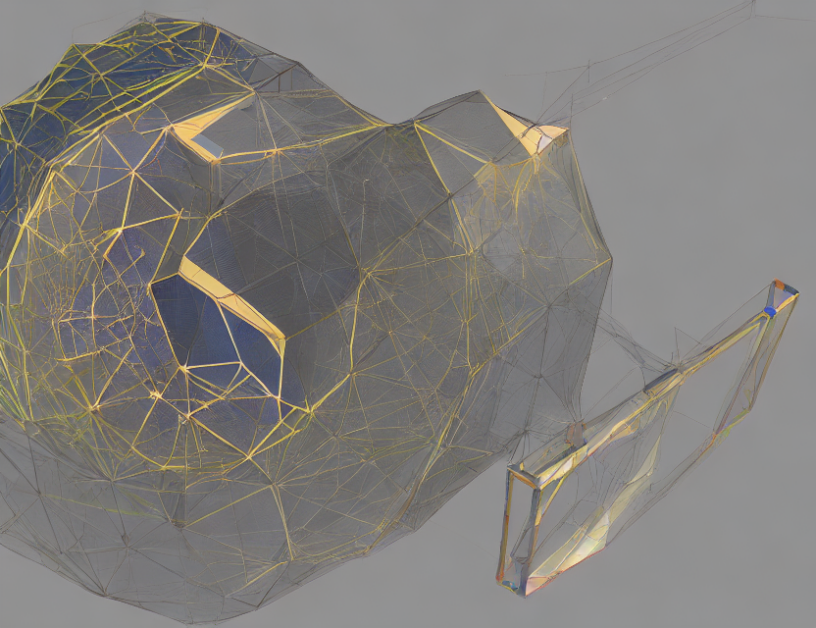In this article, we propose a novel approach to improve the resolution of spatial audio by utilizing a sparse representation solver. The existing methods in spatial audio processing rely on oversampling, which increases computational cost and reduces quality. Our solution uses an optimization routine that minimizes the L1 norm of the representation, leading to a more efficient process with less loss in accuracy.
To understand how this works, imagine you’re trying to find the best way to arrange chairs in a room for a dinner party. The chairs are like the audio signals, and arranging them in the right way is like finding the optimal representation of the audio signals. The existing methods are like trying to arrange all the chairs at once without any regard for their size or shape, while our method is like breaking down the task into smaller parts and solving each one separately.
We use a gradient descent solver that works like a machine learning algorithm to find the optimal arrangement of chairs. The cost function is made up of three parts: reconstruction loss, 1-norm loss, and aliasing loss. By minimizing this cost function, we can achieve a more efficient and accurate representation of the audio signals.
However, there’s a trade-off between accuracy and computational cost. Reducing the 1-norm loss too much can result in imperfect reconstruction, while optimizing it too little can lead to faster computation but with less accuracy. To overcome this limitation, we use a parameter 𝛼 that starts big and decreases at each iteration until it reaches zero. This way, we can balance between accuracy and computational cost.
We tested our approach on four audio samples, including first-order ambisonic devices, and compared the results with existing methods. Our solution showed better performance in terms of both accuracy and efficiency.
In conclusion, our proposed sparse representation solver offers a more efficient and accurate way to process spatial audio. By breaking down the task into smaller parts and optimizing each one separately, we can achieve better results without sacrificing computational cost. This approach has the potential to revolutionize the field of spatial audio processing and enhance the listening experience for users.
Improving Spatial Resolution of First-order Ambisonics Using Sparse MDCT Representation



